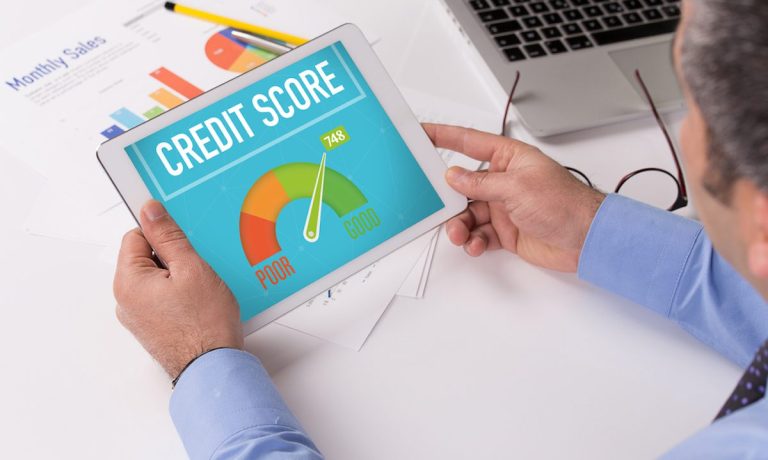
The July 2021 Credit Score Literacy and Building Credit Report, a collaboration between PYMNTS and Elan (a division of U.S. Bank), surveyed a census-balanced sample of over 2,050 consumers to gauge consumers’ sentiments on credit card issuers providing digital capabilities that assist in tracking and improving credit scores, which are currently undergoing change.
This excerpt focuses on key findings that many consumers believe they have higher credit scores — and better credit — than they in fact do. According to the study, 70 percent of those surveyed believe their credit scores to be “above average,” yet in reality “45 percent of them have scores over 751, the above-average mark according to national credit reporting data. At the same time, just 8 percent of consumers believe their credit scores are ‘below average,’ even though 21 percent have scores below 600, the actual marker for below-average scores.”
Researchers add that “Generation Z and paycheck-to-paycheck consumers possess the greatest difference between the share claiming to have above-average credit scores and the share who actually do, a 33-percentage-point gulf. These discrepancies spotlight a knowledge gap and a need for better credit education.”
When thoughts turn to strategies to boost subpar credit scores, another knowledge gap is exposed, as the study found that 62 percent of consumers are interested in bettering credit scores — yet a troublingly high percentage are not sure of the steps to take in doing so.
According to the Credit Score Literacy and Building Credit Report, “respondents showed bafflement around some fundamental concepts and the impact of certain behaviors on credit scores. For instance, 39 percent believe that having debt on one credit instrument like a credit card versus having multiple ones will improve their scores, while 33 percent think it will make scores worse. Twenty-eight percent are unsure of the impact. This shows that consumers need more education about how credit scores improve. Savvy credit card issuers can provide credit information and learning tools to help close the knowledge gap and attract customers.”
Clearing up some of the confusion around best steps to improve credit scores, the study states that “what will help consumers improve their creditworthiness is the ability to track their scores so they will know what actions are affecting them the most, such as making payments on time, keeping a certain number open or maintaining low balances. Credit-score tracking better informs consumers and offers additional insight into their credit history and progress, and it may also alert individuals to potential fraud.”